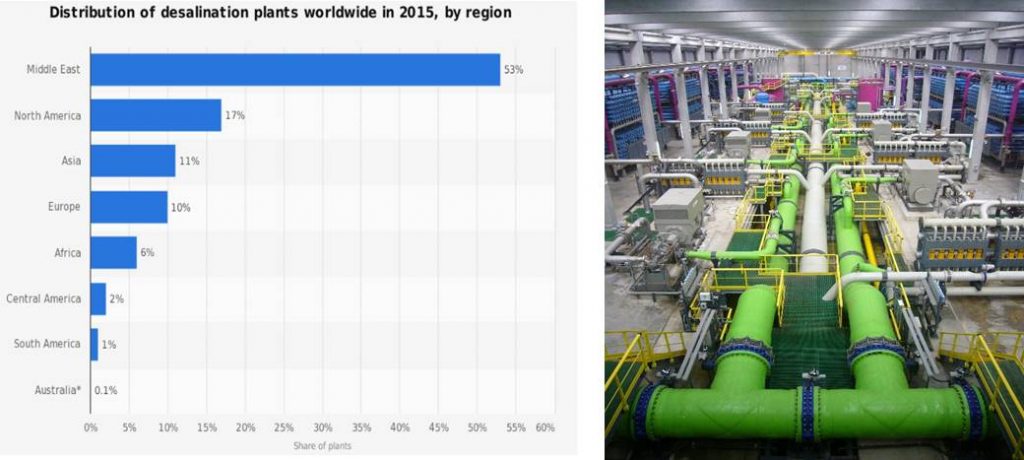
Alan Turing is well known for his work in computer science: he led the team who cracked the German enigma machine during World War II and even more importantly, he created the Turing Test used today. But Turing also made a contribution to chemistry most haven’t heard of; his only paper in chemistry is now inspiring Chinese researchers to create a new type of water filter.
Zhang Lin and his colleagues of Zhejiang University in Hangzhou, China, used Turing patterns from the paper to make a membrane similar to lace that can remove salts from water up to four times faster than commercial alternatives. The researchers managed to create a membrane which allows water to flow through the filter far quicker than the nanofiltration membranes used today. Nanofiltration membranes are used in most desalination factories as the first step in removing salt from water, followed by a process of reverse osmosis. The next step for Zhang Lin and his colleagues is to improve the reverse-osmosis membranes as well. If they manage to do so the process of desalination will be a lot cheaper and more effective.

Since 45% of the world population will experience water shortage by 2050, estimates claim more desilination plants will be built in the near future. Today, most of the desalination plants worldwide (53 %) are concentrated in the dry and hot expanse of the Middle East. With five desalination plants and another two to be built in a few years, Israel is one of the world’s leading countries in desalination. The amount of water produced in the desalination plants of Israel accounts for about 80% of the water supplied to the domestic and industrial needs of the country.
